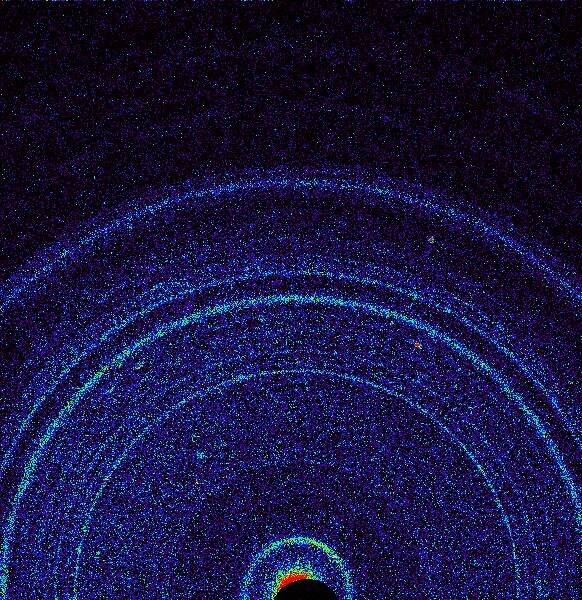Martian soil is the fine regolith found on the surface of Mars. Its properties can differ significantly from those of terrestrial soil, including its toxicity due to the presence of perchlorates. The term Martian soil typically refers to the finer fraction of regolith. So far, no samples have been returned to Earth, the goal of a Mars sample-return mission, but the soil has been studied remotely with the use of Mars rovers and Mars orbiters.
Curiosity's view of Martian soil and boulders after crossing the "Dingo Gap" sand dune (February 9, 2014; image transformed to Earth-like atmospheric view, original image).
Comparison of Soils on Mars - Samples by Curiosity, Opportunity, and Spirit rovers (December 3, 2012). (SiO2 and FeO are divided by 10, and Ni, Zn, and Br are multiplied by 100.)
First X-ray diffraction view of Martian soil - CheMin analysis reveals feldspar, pyroxenes, olivine and more (Curiosity rover at "Rocknest", October 17, 2012).
Mars without a dust storm in June 2001 (on left) and with a global dust storm in July 2001 (on right), as seen by Mars Global Surveyor
Mars is the fourth planet from the Sun. The surface of Mars is orange-red because it is covered in iron(III) oxide dust, giving it the nickname "the Red Planet". Mars is among the brightest objects in Earth's sky, and its high-contrast albedo features have made it a common subject for telescope viewing. It is classified as a terrestrial planet and is the second smallest of the Solar System's planets with a diameter of 6,779 km (4,212 mi). In terms of orbital motion, a Martian solar day (sol) is equal to 24.5 hours, and a Martian solar year is equal to 1.88 Earth years. Mars has two natural satellites that are small and irregular in shape: Phobos and Deimos.
Comparison: Earth and Mars
Curiosity's view of Martian soil and boulders after crossing the "Dingo Gap" sand dune
Valles Marineris, taken by the Viking 1 probe
Edge-on view of Mars atmosphere by Viking 1 probe







